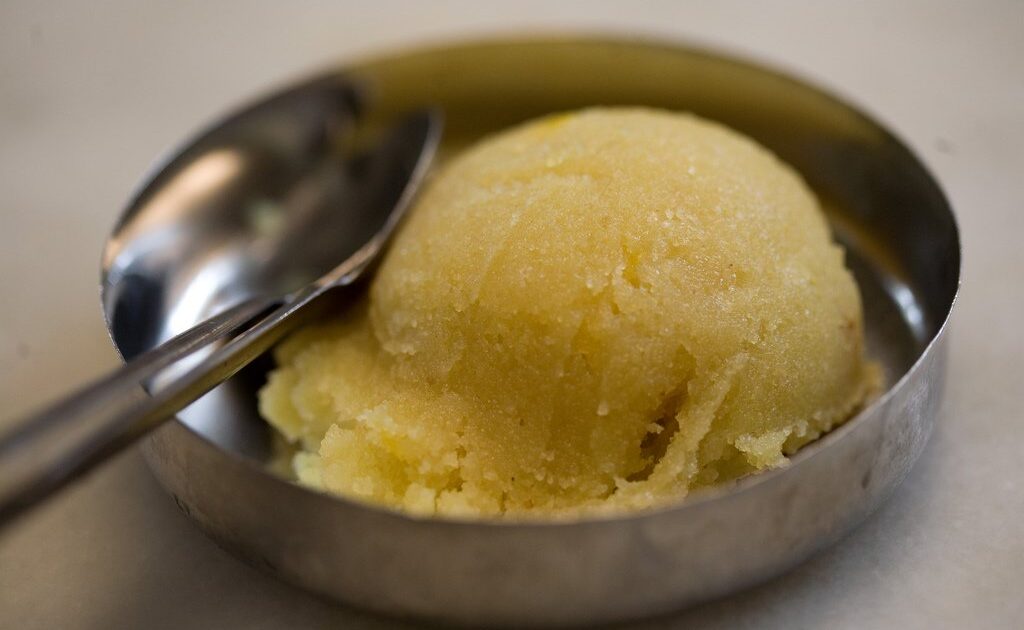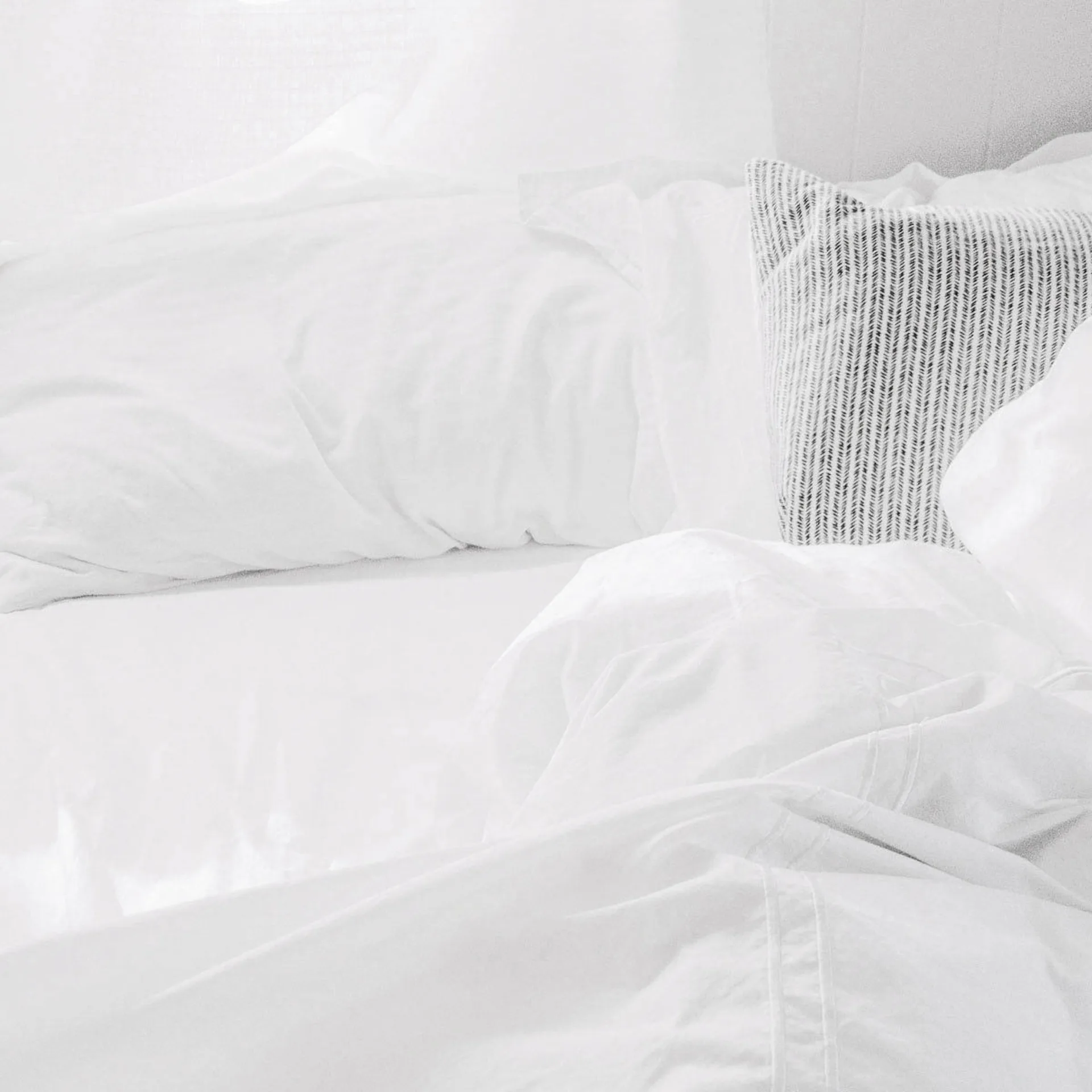Make Your Own Ghee: Ayurvedic Clarified Butter

Ayurveda is a 5,000 year old system of natural healing. In fact, Tibetan Medicine and Traditional Chinese Medicine are both rooted in India’s Ayurveda. It’s considered the sister science to yoga. An Ayurvedic diet replaces butter with ghee (clarified butter), which removes the milk solids.
The practice of Ayurveda works by balancing your particular mind/body characteristics, also known as your dosha. Ghee is beneficial to the whole body, but it’s particularly beneficial to those with inflammation that results from an imbalance of the pitta (fire) dosha.
Ghee lubricates the connective tissue and promotes flexibility. It’s also a good source of phenolic antioxidants which bolster the immune system. Ghee is also noted for its ability to stimulate secretion of stomach acids to help with digestion while other fats tend to sit in the stomach and slow down digestion.
According to Dr. Vasant Lad, BAMS, MASc, head of the Ayurveda Institute, “Ghee is a yogavahi—a catalytic agent that carries the medicinal properties of herbs into the seven dhatus or tissues of the body. Ghee pacifies pitta and vata and is acceptable, in moderation, for kapha. Persons who already have high cholesterol or suffer from obesity should be cautious in using ghee.”
Make Your Own Ghee
You can find ghee at health food stores but you can also make it yourself. Here’s how:
- Place 1-2 pounds of butter in a saucepan over low heat.
- Do not cover the pot and keep a close eye on the butter because it can easily burn. It will begin to smell like popcorn.
- Melt until white curds separate and sink to the bottom.
- When a drop of water flicked in the pot boils immediately, the ghee is done.
- Discard the curds and store the liquid in a jar.
- Ghee does not need to be refrigerated because the milk solids have been removed.
Related on Organic Authority
Ayurveda: How India Uses Food to Heal
An Ayurveda Facial Mask at Home
Image: Charles Haynes

